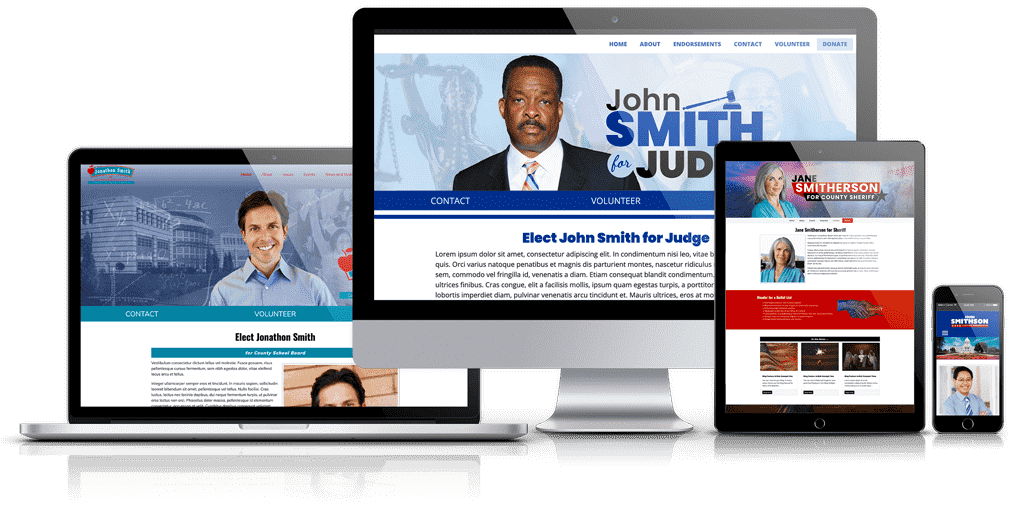
Myofascial release therapy is a specialized hands-on technique that targets the body's fascia, the network of connective tissue that surrounds muscles, bones, and organs. This therapy focuses on releasing tension and tightness in the fascia to alleviate pain and improve mobility. By addressing restrictions in the fascia, myofascial release therapy can help individuals find relief from chronic pain conditions, injuries, and overall tension in the body.
The Science Behind Myofascial Release Therapy
Myofascial release therapy is based on the understanding that the fascia plays a crucial role in the body's structure and function. The fascia is a continuous web of connective tissue that surrounds and supports muscles, bones, and organs. When the fascia becomes tight or restricted due to factors such as poor posture, injury, inflammation, or stress, it can result in pain, limited range of motion, and overall discomfort.
Benefits of Myofascial Release Therapy
- Alleviates pain and discomfort
- Improves flexibility and range of motion
- Enhances overall posture and alignment
- Promotes relaxation and reduces stress
- Aids in recovery from injuries
How Myofascial Release Therapy Works
During a myofascial release therapy session, a trained therapist will use gentle pressure and stretching techniques to release restrictions in the fascia. By applying sustained pressure to specific areas of tension, the therapist can help the fascia relax and elongate, allowing for improved circulation and mobility in the affected areas.
Types of Myofascial Release Techniques
- Direct myofascial release: Involves applying pressure directly to the restricted areas of the fascia.
- Indirect myofascial release: Focuses on gentle stretching and manipulation to release tension in the fascia.
- Trigger point therapy: Targets specific tender points in the muscles to release tightness and alleviate pain.
Conditions That Can Benefit from Myofascial Release Therapy
Myofascial release therapy can be beneficial for a wide range of conditions and symptoms, including:
Chronic Pain
- Lower back pain
- Neck and shoulder tension
- Headaches and migraines
- Fibromyalgia
Injuries
- Sports injuries
- Repetitive strain injuries
- Post-surgical scar tissue
Postural Imbalances
- Rounded shoulders
- Forward head posture
- Uneven leg length
Combining Myofascial Release Therapy with Other Modalities
Myofascial release therapy can be used in conjunction with other modalities to enhance its benefits and promote overall well-being. Some complementary therapies that pair well with myofascial release include:
Massage Therapy
- Deep tissue massage
- Swedish massage
- Trigger point therapy
Physical Therapy
- Therapeutic exercises
- Joint mobilization techniques
- Stretching and strengthening programs
Yoga and Mindfulness Practices
- Improving body awareness
- Promoting relaxation and stress reduction
- Enhancing flexibility and breath control
Final Thoughts
Myofascial release therapy offers a holistic approach to pain relief and improved well-being by addressing the root cause of tension and discomfort in the body. Whether you are dealing with chronic pain, recovering from an injury, or simply looking to enhance your overall mobility and posture, myofascial release therapy can be a valuable tool in your wellness toolkit. Consult with a trained therapist to explore how myofascial release therapy can benefit you and help unlock a pain-free, more mobile lifestyle.


/assets/images/provider/photos/2604262.jpg)





